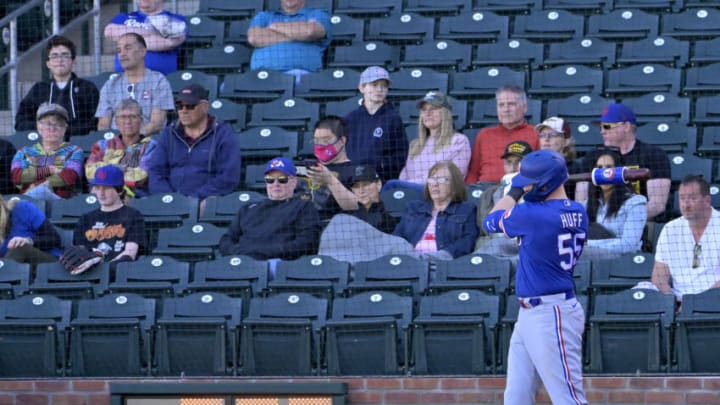The debut of the MLB pitch clock at spring training gave fans a taste of just how giant an impact the new rule will have on the 2023 season.
Last year MLB announced that several major rule changes would be implemented in 2023. It’s already clear the pitch clock is going to make a huge difference.
The pitch clock debuted on Friday as the Padres took on the Mariners and the Rangers faced off with the Royals.
Here’s what the first at-bat between Seattle and San Diego looked like with the timer running.
Your first look at MLB's pitch clock pic.twitter.com/L2iTEbDivV
— Talkin’ Baseball (@TalkinBaseball_) February 24, 2023
MLB officials who were hoping to speed up games and kill off as much of the downtime in baseball as possible absolutely got their wish. With the new rule in place, both games were speedy affairs. Very speedy.
Time of game for Padres-Mariners: 2 hours, 29 minutes.
— Jeff Passan (@JeffPassan) February 24, 2023
Time of game for Rangers-Royals: 2 hours, 33 minutes.
This is spring training and a minuscule sample. But it's hard to understate how drastically the pitch clock is going to change baseball.
MLB has to be happy with early results of the pitch clock
The Mariners and Padres finished up their game in just two hours and 29 minutes. The Rangers and Royals went just a little bit longer at two hours and 33 minutes. That’s significantly quicker than games baseball fans have grown used to in recent years.
Last year, the average length of a nine-inning MLB game was three hours and three minutes. It was even longer in 2021 at three hours and 10 minutes. The last time a season went by with games averaging less than three hours in length was in 2015.
You have to go all the way back to 1981 to find a season with an average game length of less than two hours and 35 minutes.
Obviously, these spring training outings don’t represent a season-long average, but the reduction in game length looks pretty clear.
This is something fans are going to get used to. It’s an even bigger transition for players, who will be penalized for taking too long as a pitcher or batter. Manny Machado found out the hard way when he became the first player in MLB history to take a strike because he took too long getting into the batter’s box.
